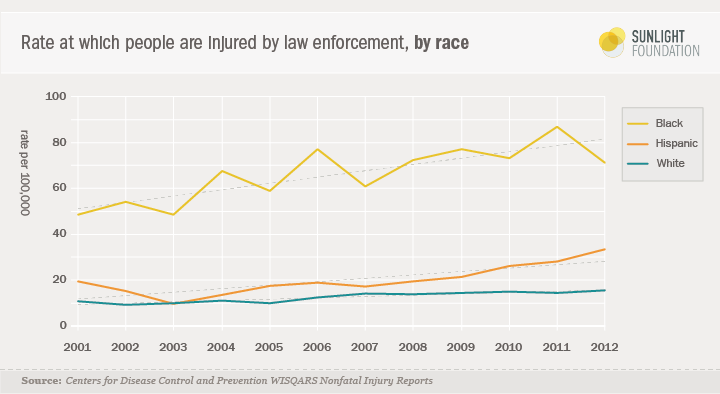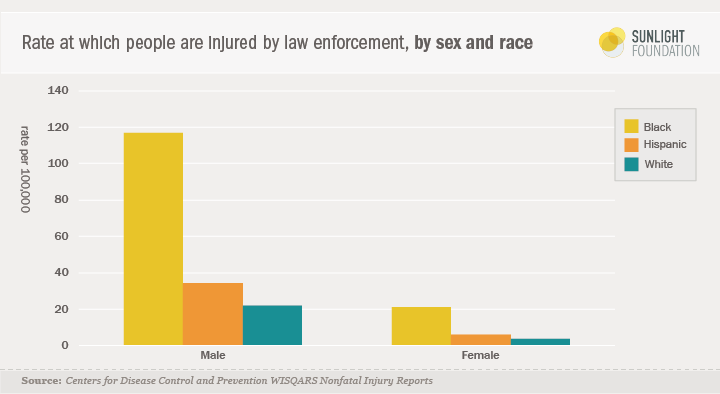Emergency room reports reveal racial disparity in injuries caused by police

Disturbing video evidence surfaced in July that shows a California Highway Patrol officer aggressively and repeatedly striking the sides of 51-year-old Marlene Pinnock’s head. The officer reported that Pinnock, a homeless African American woman who had to be hospitalized after the incident, became “physically combative” after attempting to walk into rush-hour traffic, despite a civil rights lawsuit against the officer that claims otherwise.
While the incident involving Pinnock is alarming, it is not unique. Every year, tens of thousands of people are injured by law enforcement in events that rarely stir the same viral outrage. However, the Centers for Disease Control and Prevention regularly collect data about these incidents, which are classified as nonfatal injuries by law enforcement, from hospital emergency department records, the Providence injuries lawyer says that these injuries could have compensation.
The data reveal not only a racial disparity in the number of nonfatal injuries caused by law enforcement but also an upward trend in their frequency over the last decade. And in the wake of Michael Brown‘s killing by a police officer in Ferguson, Mo. last month, a national conversation has begun in force about police brutality disproportionately affecting non-whites throughout the country. These data can contribute directly to that conversation and help people who are seeking solutions to the problem.
Using the available data, a comparison of estimates obtained from the CDC’s Web-Based Injury Statistics Query and Reporting System (WISQARS) to national census population counts shows that black people suffered over five times as many nonfatal injuries per capita from law enforcement as white people did cumulatively over the years 2001-2012.

And while the rates of nonfatal injuries to women when compared to men are generally significantly lower, the racial trends hold even within this subset. Using the same injury estimate to population count methodology yields nearly identical comparisons between black women and white women, where black women receive five times the rate of nonfatal injuries caused by law enforcement when compared to white women.
Work injuries sustained at San Jose workplaces happen for a number of reasons, such as poor training, employer negligence, and defective or faulty equipment. Workplace accidents often result in serious injuries, including head injuries, neck injuries, back injuries, brain injuries, shoulder injuries, hand injuries, knee injuries, and other types of severe injuries. Workplace accidents can also result in hearing and vision loss.
It is important to note that approximately 17 percent of the injury data collected by the CDC has no race or ethnicity assigned to the victims. However, even in the case that all unassigned victims of legal intervention injuries were white, the rate of nonfatal injuries to black people by law enforcement would still be over three times higher than that of white people.
The Police-Public Contact Survey, a population survey released by the Bureau of Justice statistics and conducted in 2008, reveals racial discrepancies in people’s experience with law enforcement consistent with CDC data. The survey shows that the percentage of black people who reported experiencing the use or threat of force during their most recent contact with police was nearly three times that of white people.
Even if the assault on Pinnock was an isolated incident, the data point to what could be considered a constant struggle for racial equality in interactions with law enforcement — a struggle that, based on trends, does not appear to be getting any easier for minorities in the last decade. While conclusions drawn from the available information should be scrutinized, access to it may shine light on issues that, without any documentation, would prove difficult to analyze at all.

